A Guide On The Best Plants For Butterflies And Hummingbirds
The beauty of plants is that they can provide food, water, shelter, and a place to lay eggs for many different creatures. Many plants can be enjoyed by butterflies and hummingbirds.
Whether you live in an urban or rural area, there should be a variety of flowering plants available to attract butterflies and to attract hummingbirds. Flowers are especially popular with butterflies and hummingbirds because they provide nectar and pollen for these animals to feast on.
Depending on the plant, some may be toxic to these insects, so choose wisely!
Best Plants For Butterflies And Hummingbirds
Your garden is prone to attract some kind of animal, and sometimes you enjoy the company. Butterflies and hummingbirds can be a great addition to your plants, so we will be looking at some of the best plants for butterflies and hummingbirds now!
The Sunflower
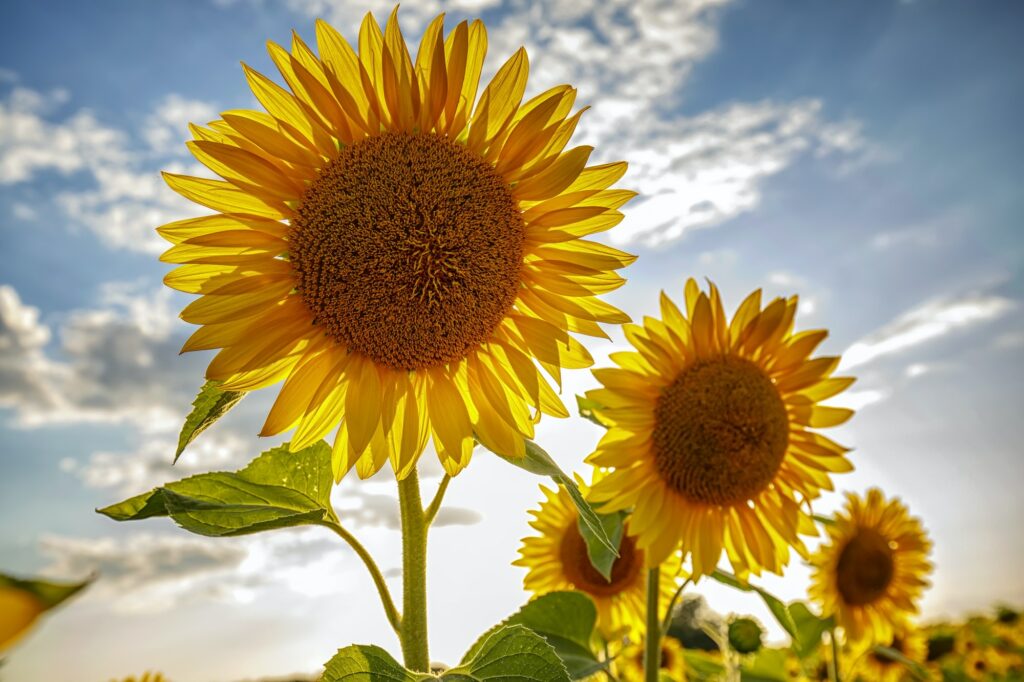
Sunflowers are excellent for butterflies and hummingbirds. They have many benefits and advantages that make them the perfect choice for these animals.
Take a look at a few benefits of these flowers:
- Sunflowers are easy to grow. They require little maintenance and can be planted in any garden area.
- They provide food and shelter for both butterflies and hummingbirds.
- They are attractive plants that will draw these creatures to your garden. Their flowers are brightly coloured and look lovely in any garden setting.
- Sunflowers provide nectar that is essential for both butterflies and hummingbirds.
- Sunflowers can be grown outdoors in warm climates or inside during colder months. Sunflowers provide year-round enjoyment for both humans and wildlife.
The Aster
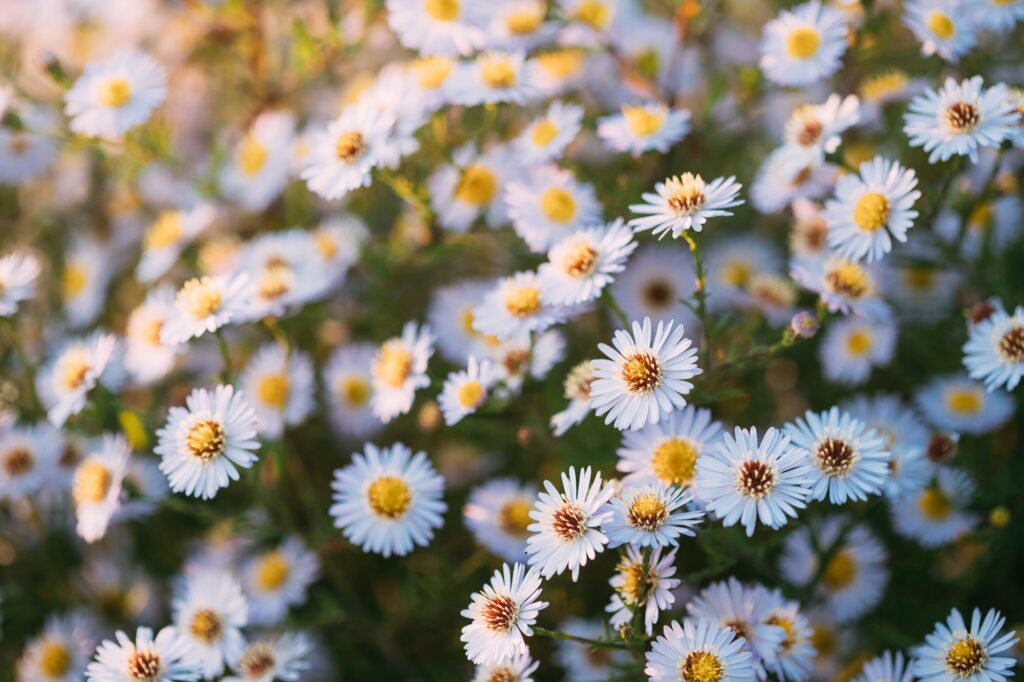
Aster is a popular choice for butterflies and hummingbirds. It has many other benefits that make it an excellent choice for these creatures.
Some benefits of using Aster include its attractiveness to these insects, its ability to provide nectar and pollen in abundance, and its moderate growth rates.
Additionally, it is relatively easy to grow, requiring only modest care once it’s established in the garden!
The Black-Eyed Susan

Black-Eyed Susan, also known as the golden eye or prairie clover, is an excellent plant for butterflies and hummingbirds. This perennial has many benefits that make it an excellent choice for these creatures.
Firstly, the flowers are nectar rich, which means they provide food for the insects that visit them. Secondly, they are large and brightly coloured, making them an easy target for these pollinators.
Lastly, black-eyed Susans have long stems that can easily reach up high into the trees or shrubs where these creatures live.
The Joe Pye Weed
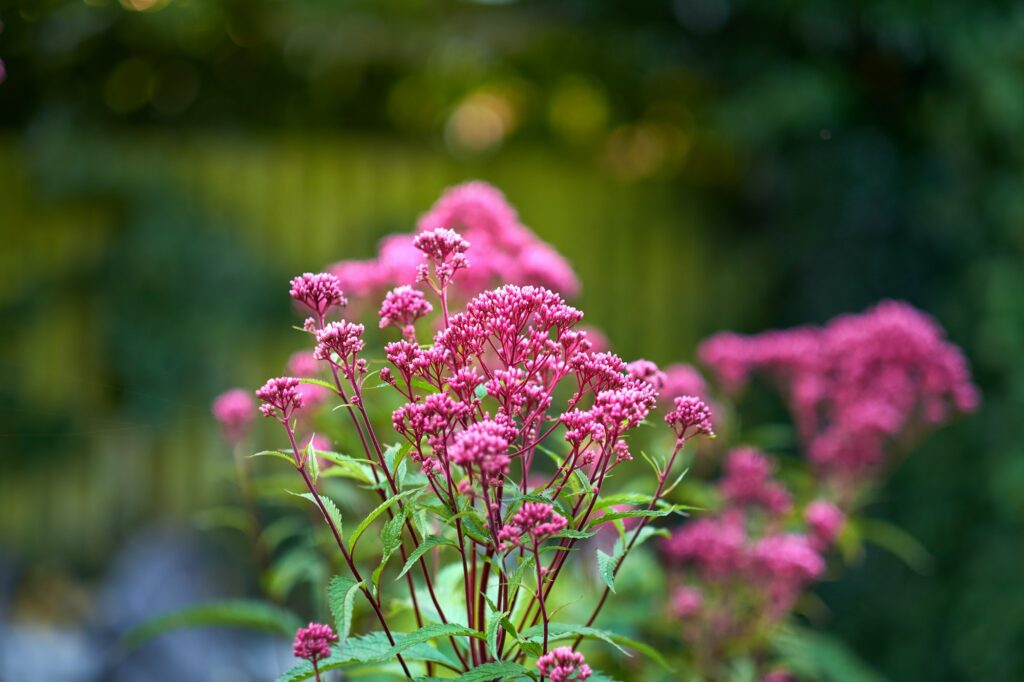
The flowers of the Joe Pye Weed are brightly coloured, and the leaves are rough, giving the appearance of a meadow or prairie. Joe Pye Weed plants can be found in Illinois, Indiana, Michigan, Minnesota, Ohio, Pennsylvania, Wisconsin and other Midwestern states.
The flowers attract pollinators such as bees, butterflies and moths. The nectar from the flowers provides food for these creatures, which in turn helps to spread pollen.
The leaves of Joe Pye Weed can also be eaten by birds such as cardinals and chickadees. The foliage has a slightly bitter taste which makes it an excellent addition to bird feeders.
The Russian Sage

Russian sage is a herb with a long history of use by Native Americans and has many benefits for these creatures. It grows in both dry and moist areas and can tolerate a variety of soil. It is easy to grow, requiring only occasional watering during dry periods.
They provide nectar and pollen for various insects, including butterflies and hummingbirds. The leaves are also high in tannins which can deter predators from attacking the plants. The flowers attract hummingbirds, providing them with food and shelter.
Additionally, the flowers provide pollen that helps to create new generations of these organisms. Russian sage is an ideal and native plant for gardens that have wildlife as part of their landscape!
The Goldenrod
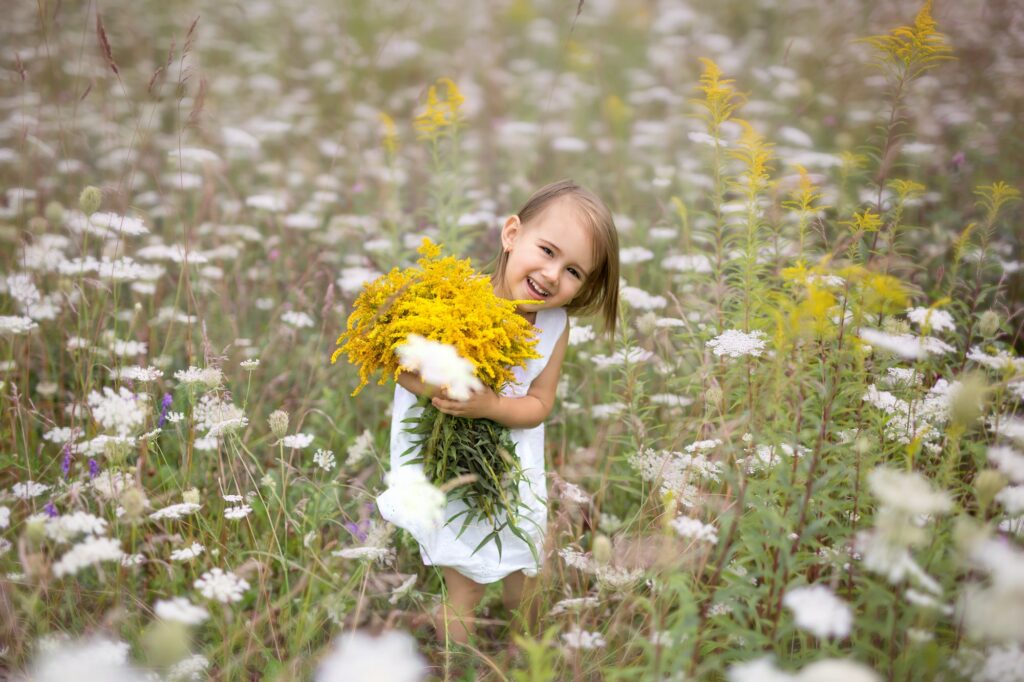
There is something about the goldenrod that just makes it a favourite plant for butterflies and hummingbirds. Not only do these beautiful creatures find the flower attractive, but they also enjoy the many benefits and advantages of growing goldenrods near their homes.
Here are just a few reasons why this versatile plant makes an excellent choice for the hummingbird and butterfly species:
- This nectar plant is especially rich in sugar and protein, which makes it an excellent food source for both butterflies and hummingbirds.
- Goldenrod flowers are also pollinated by bees, providing valuable habitat for these important insects.
- The long stems of goldenrods make them easy to grow in areas that receive full sunlight throughout the day. This makes them perfect choices for butterfly plants or hummingbird feeders.
The Bee Balm
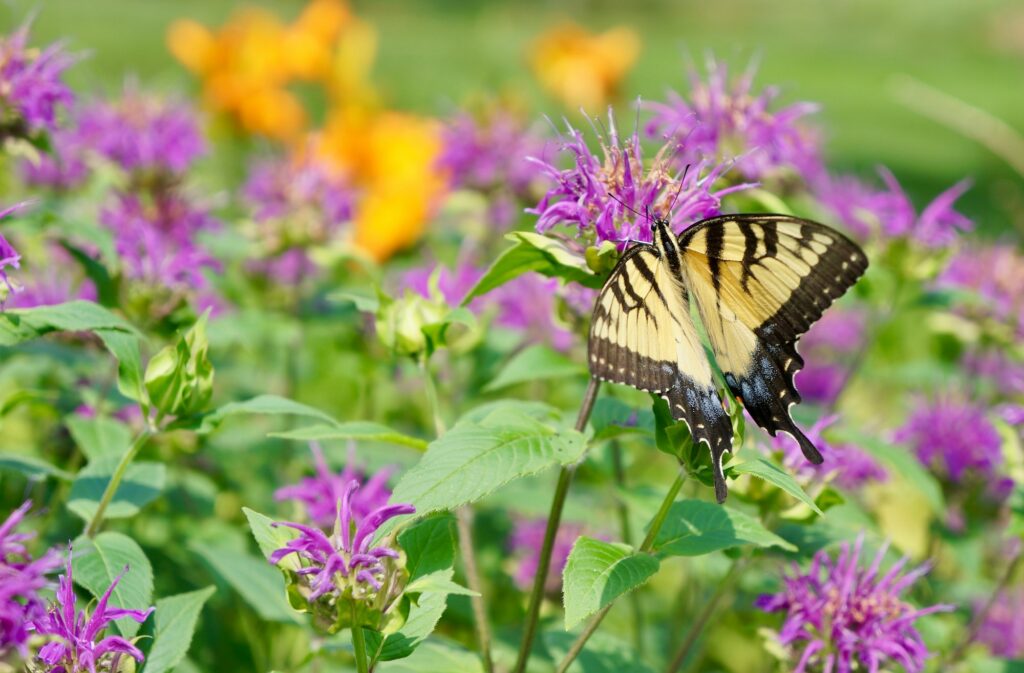
Bee balm is a perennial herb that grows up to 1 foot tall and has long, spindly stems with small, succulent leaves. The flowers are composed of five petals that are bright yellow or orange.
These purple flowers attract pollinators, such as bees and butterflies, which help increase the number of food sources for these animals. It is a nectar plant with high sugar levels and minerals, making it an essential source of sustenance for these creatures.
Some other benefits of bee balm include its ability to provide shelter from the sun and wind, as well as its fragrance which can attract beneficial insects such as ladybugs.
Conclusion
One of the best ways to attract butterflies and hummingbirds to your garden is to provide plants they will enjoy. The plants should come in various colours and shapes that appeal to butterflies and hummingbirds!
So what are you waiting for? Start planting today!
FAQs
What is the size of plants in a terrarium?
Terrarium plants tend to be petite. The importance of slow growth cannot be overstated. You should not touch the sides of your container. Your terrarium is perfect for succulents, ferns, and air plants.
Are terrariums one of the best plants for butterflies and hummingbirds?
There are different plans for terrariums with an open top and those with a closed top. Plants in open terrariums prefer a drier environment with circulating air.
This is the perfect time to grow aloe, cactus, air plants, hens, and chicks. A moist environment, however, is essential to the success of closed terrariums – making them a good choice for butterflies and hummingbirds.
Does my terrarium need charcoal?
Toxins and odours are removed by charcoal in terrariums. To make a terrarium without charcoal, you must maintain a clean, odourless environment. The maintenance of your plants will be more difficult if you don’t have charcoal.


